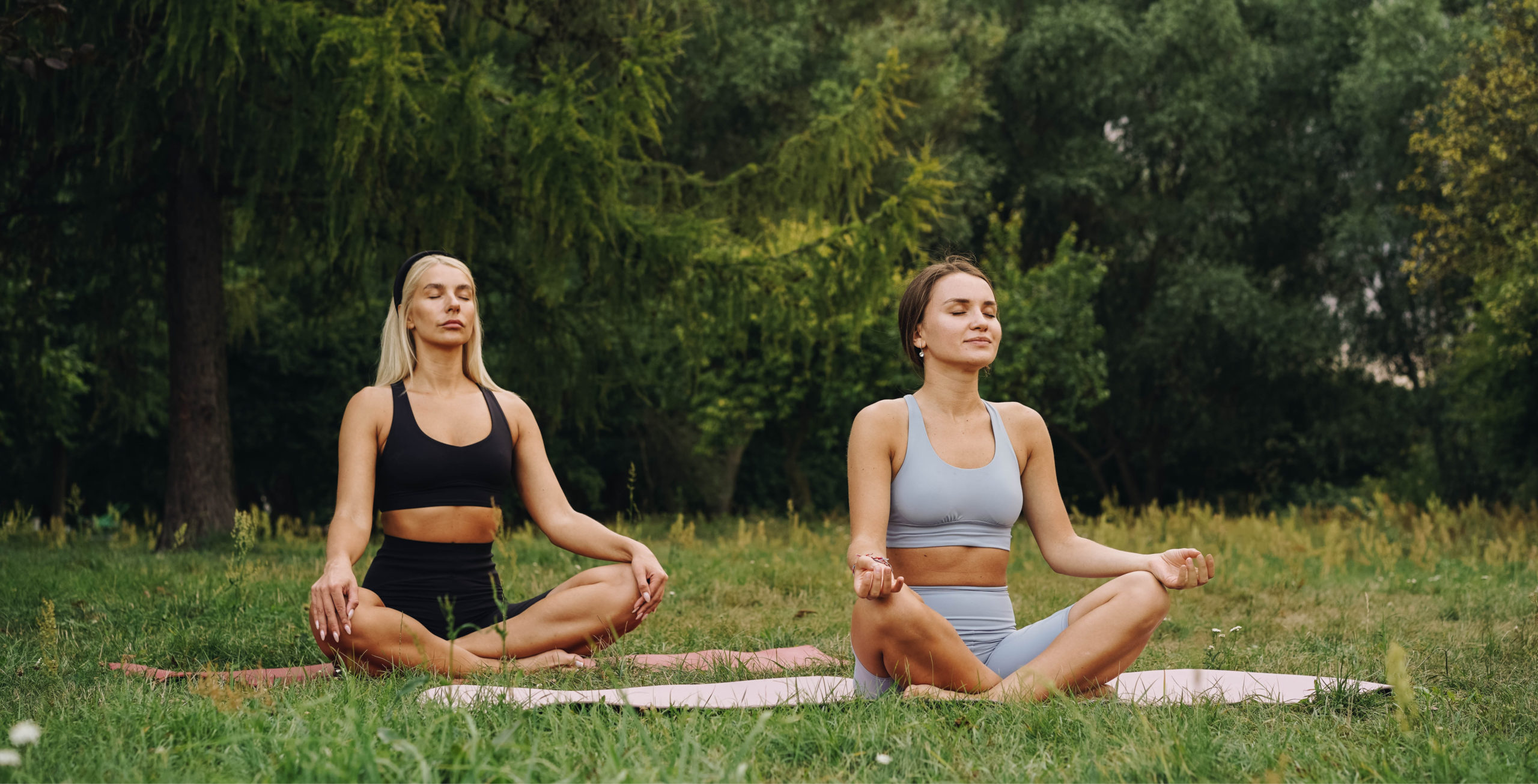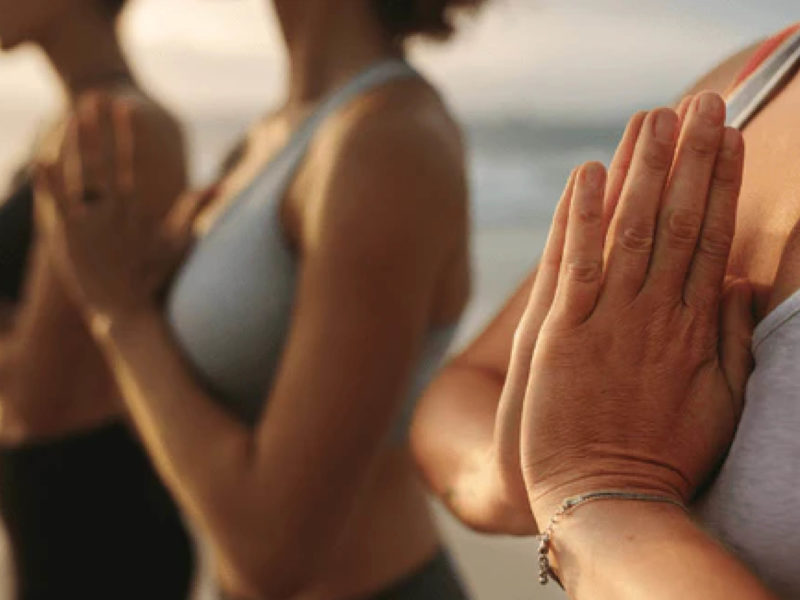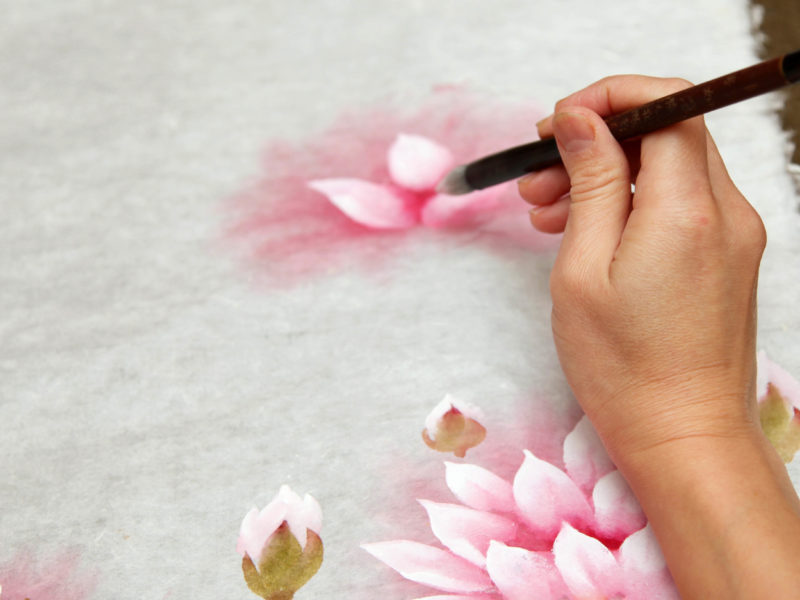
Jnana Yoga – The yoga of contemplation – The 4 Path of Yoga: part 4/5
Part 4 in our 5-part series on the Paths of Yoga.
Yoga began as a mental practice to discover techniques and methods of using the mind to discover and create more contentment, joy, and peace. Yoga developed four main paths of practice:
• Karma Yoga (selfless service)
• Raja Yoga (meditation)
• Bhakti Yoga (devotion)
• Jnana Yoga (self-inquiry)
For many, the path from asana (physical postures) leads naturally to a deeper inquiry into the nature of being. There may be questions asked such as: “What is this sense of peace or feeling I experience when practising yoga? Why do I not have words to quite explain it?” To help answer these questions, we turn to the path of Jnana Yoga. You won’t see Jnana Yoga scheduled classes at your local studio. Afterall, you need to be both the teacher and student! Instead, it requires a deep commitment to self-study and self-reflection to help achieve a sense of calm and serenity in your life.
WHAT IS JNANA YOGA?
Jnana is pronounced G’yahn – is also spelt as Gyana. Jnana is Sanskrit for “knowledge or wisdom” and Jnana Yoga is the path of attaining knowledge and awareness about the ‘Self’ through the practice of self-inquiry and contemplation. The fundamental goal of Jnana Yoga is to remove self-limiting thoughts and illusions based on our view of the world and sets out to achieve the union of the inner Self (Atman) with the oneness of all life (Brahman). It aims to detach the ego from the Self bringing us closer to purity and truth as we come to realise that we are merely a speck in this universe.
PREREQUISITES OF JNANA YOGA
The Four Pillars of Knowledge (Sadhana Chatushtaya) are the practices which build upon each other to cultivate spiritual insight and understanding. They also help reduce one’s sense of suffering and feeling of dissatisfaction that we are all guilty of from time to time.
1. Viveka (discrimination) is a deliberate, continuous effort to observe the situations and events in your life and to decide if these are appropriate for your growth and development.
2. Vairagya (detachment) aims to free the mind from attachment to materialistic life and includes letting go of feelings like pride, ego, aversion and so on. “It is only when the mind is absolutely free from the attachment of all sorts that true knowledge begins to dawn.” – Swami Sivananda.
3. Shatsampat (six virtues) are six mental practices to stabilise the mind and emotions, and to further develop the ability to see beyond limiting thoughts.
• Shama (tranquillity, calmness) is the ability to keep the mind peaceful, through moderating its reaction to external stimuli.
• Dama (restraint, control) is the strengthening of the mind to be able to train and control the sense.
• Uparati (withdrawal) is the abandonment of actions that do not serve you or others. It also means doing everything wholeheartedly with joy and interest.
• Titiksha (endurance) is the tolerance of external non-conducive situations, especially those of extreme opposite states (success/failure, hot/cold, pleasure/pain.) It’s a practical approach to maintain a balance while riding out the storm of suffering
• Shraddha (faith) is a sense of certainty and belief in one’s guru (teacher) or the yogic path. It’s putting a foot forward with intent before you have a complete understanding.
• Samadhana (concentration) is the complete one-pointedness and mental focus of the mind.
4. Mumukshutva (longing, yearning) is an intense desire to become free from all aspects that bind us to material life and explore what lies beyond.
HOW TO PRACTICE JNANA YOGA
The practice involves receiving and analysing information by maintaining an open mind, common sense, and curiosity. We can thus overcome our mindset to reject information without analysing it (maybe because it challenges our existing beliefs) or believe it without questioning it (maybe because it conveniently supports our existing beliefs).
TIPS FOR BUSY PROFESSIONALS:
Morning: Meditate for 5-10 minutes to develop an attitude of a witness or detached awareness, this helps create the habit to observe our thoughts, actions and reactions through the day.
During working hours: Try being a witness, a non-judgemental observer in all your interactions. If the mind gets disturbed, then ask the question – where did these thoughts come from? How did they come? Why was I disturbed? This process of Self Inquiry will bring a sense of inner calmness.
Evening before bed: Reflect for 5-10 minutes on how you interacted with people and situations, was there a source of any negative thought patterns and consider how you can improve similar interactions in the future. It helps clear the clutter in the mind and improves the manner in which you control your own reactive responses.
As with all yogic paths, it’s important to undertake the practice with sincerity and perseverance. Keep practising and inquiring for the delight of the journey itself without expectation of result. All will unfold, perhaps not in the ways that we expect or want, but always perfectly in the ways that we need.
By Amal Karl, CEO and Jessica Sanders, Naturopath & Yoga Teacher.
For a better understanding of this topic, check out the books by S. Sarawaswati – $14.50 (exl. GST), RRP $22.40 (incl GST)
• Mind, Mind Management and Raja Yoga
• Karma & Karma Yoga




